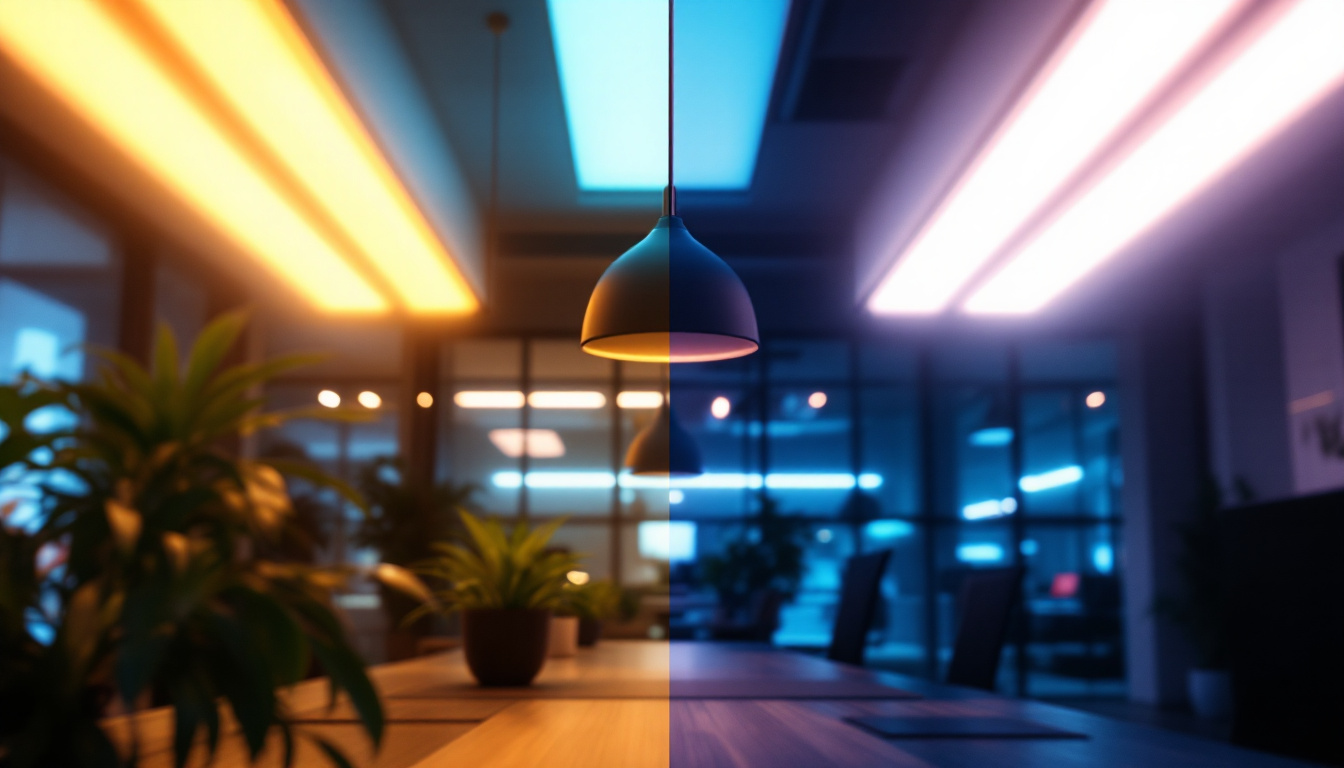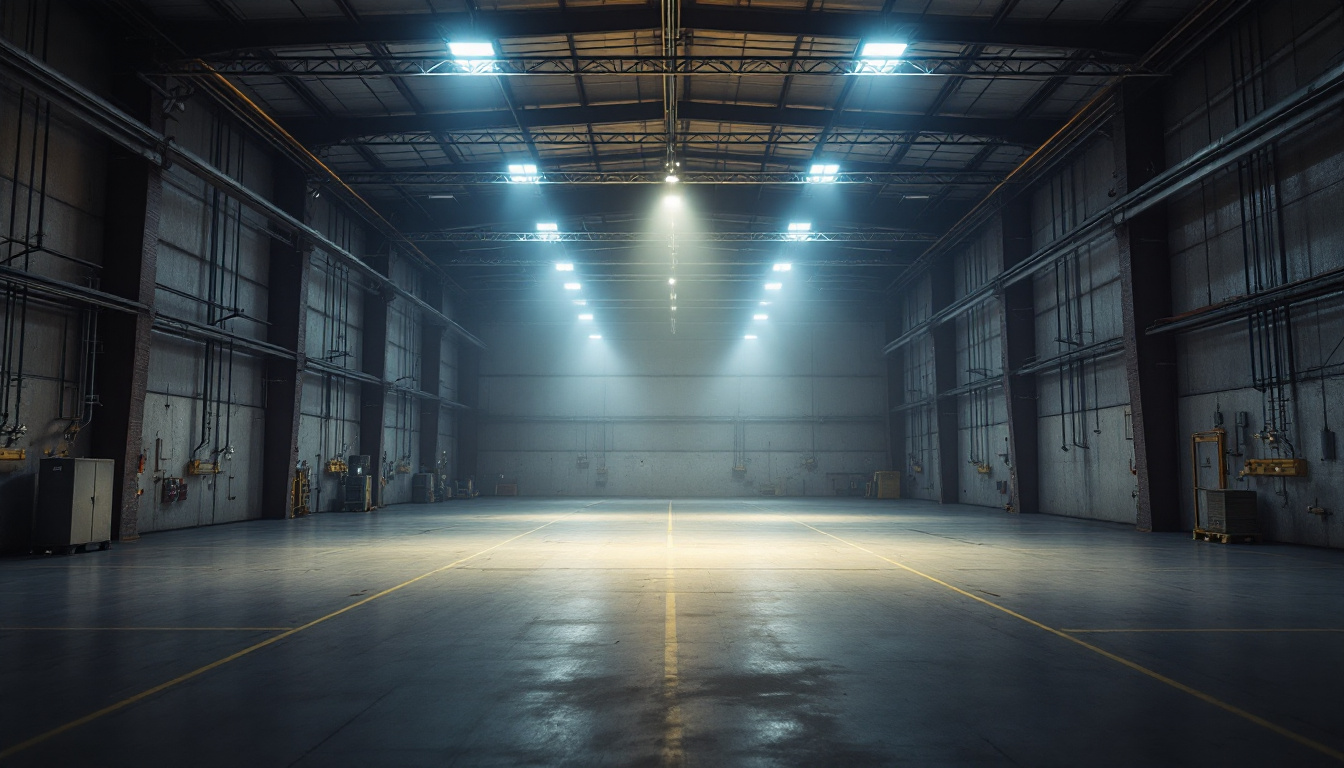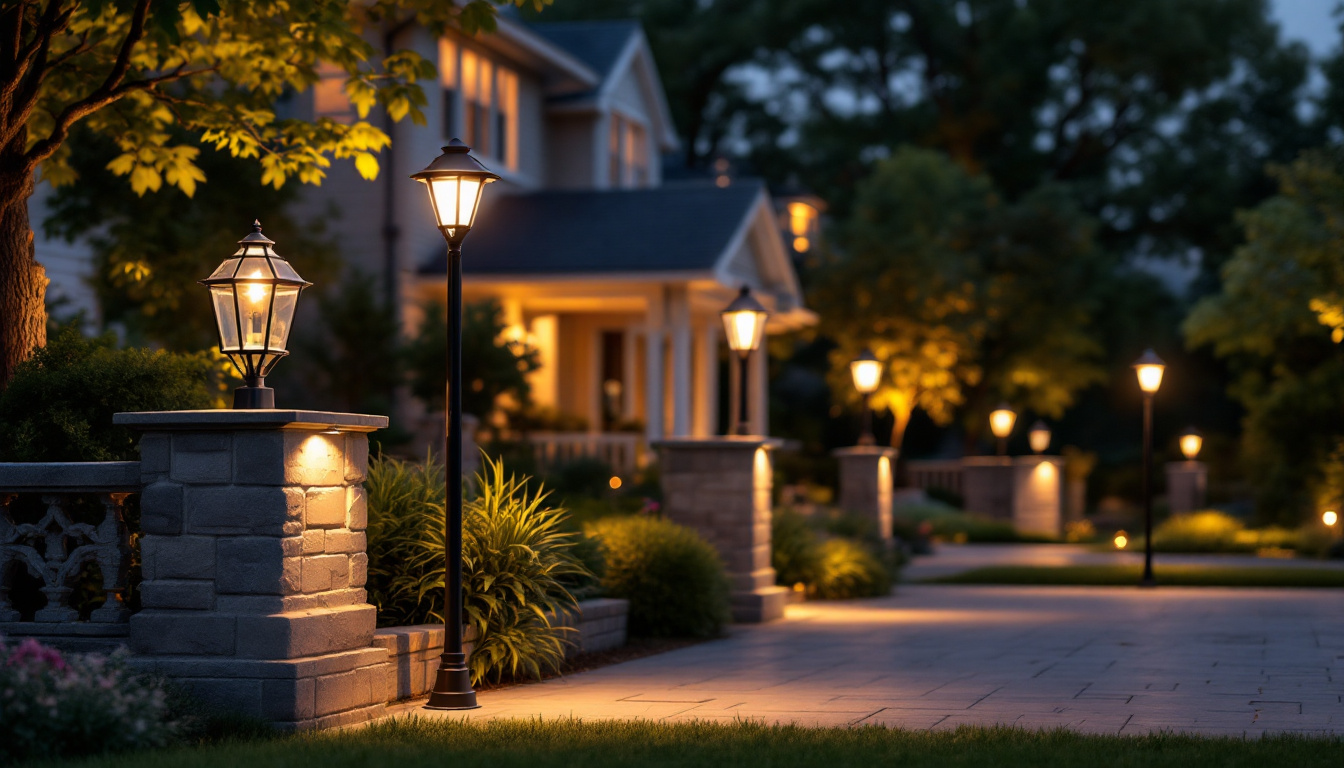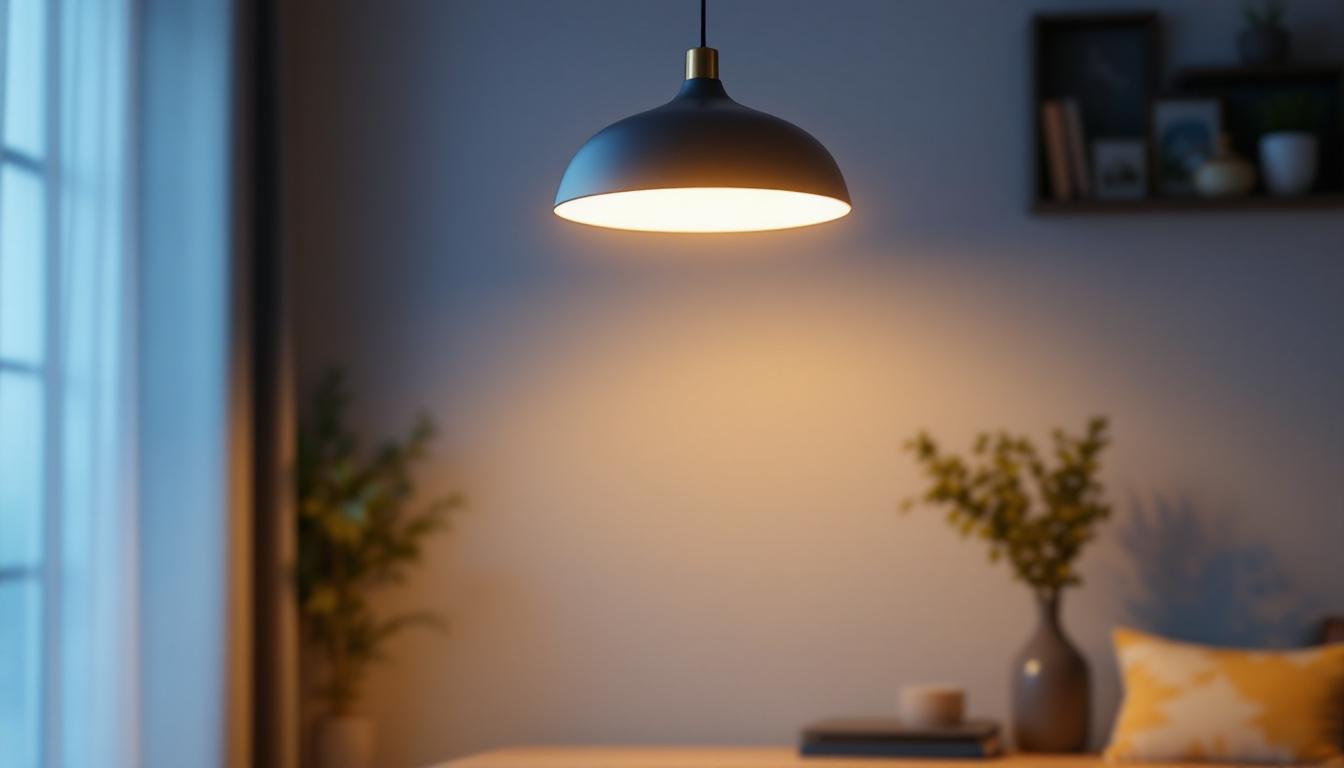
In recent years, the lighting industry has undergone a significant transformation, with LED technology emerging as the frontrunner in energy-efficient solutions. For lighting contractors, the shift from traditional fluorescent lighting to LED lights represents not just a trend but a fundamental change in how projects are approached. This article delves into the reasons why LED lights are becoming the preferred choice, the benefits they offer, and how they can be seamlessly integrated into various lighting projects.
LED (Light Emitting Diode) technology has gained traction due to its numerous advantages over fluorescent lighting. As energy efficiency becomes a priority for both consumers and businesses, understanding the evolution of LED technology is crucial for lighting contractors.
One of the most compelling reasons to switch to LED lights is their energy efficiency. LEDs consume significantly less power than fluorescent bulbs, often using up to 75% less energy. This reduction in energy consumption translates to lower electricity bills, making LED lighting a cost-effective solution in the long run. For contractors, this means being able to offer clients a more sustainable option that aligns with modern energy standards.
Additionally, the longevity of LED lights contributes to cost savings. While the initial investment may be higher than that of fluorescent bulbs, LEDs can last up to 25 times longer. This durability reduces the frequency of replacements, ultimately lowering maintenance costs and labor for contractors. Furthermore, the advancements in LED technology have led to a variety of options, including dimmable and color-changing capabilities, allowing contractors to provide tailored solutions that meet specific client needs and preferences.
As society becomes increasingly aware of environmental issues, the demand for sustainable lighting options has surged. LED lights are free from toxic materials such as mercury, which is commonly found in fluorescent bulbs. This makes them a safer choice for both the environment and human health.
Moreover, the reduced energy consumption associated with LEDs leads to a decrease in greenhouse gas emissions. By choosing LED lighting, contractors can contribute to a more sustainable future, appealing to eco-conscious clients and enhancing their reputation in the industry. In addition to their environmental benefits, LEDs also produce less heat compared to traditional lighting solutions, which can contribute to lower cooling costs in commercial spaces. This aspect not only enhances energy savings but also improves overall comfort in indoor environments, making LEDs a versatile choice for various applications—from residential homes to large-scale industrial facilities.
Beyond energy efficiency and environmental benefits, LED lights offer several advantages that make them an attractive option for various lighting projects.
LED technology provides unparalleled versatility in design. Available in a wide range of colors, shapes, and sizes, LEDs can be easily integrated into diverse applications, from residential spaces to commercial settings. This adaptability allows contractors to fulfill unique client requirements, enhancing the overall aesthetic appeal of a project.
Furthermore, the compact size of LEDs enables creative lighting solutions that were previously impossible with larger fluorescent fixtures. Whether it’s accent lighting, under-cabinet illumination, or intricate architectural designs, LEDs can be tailored to fit any vision. The flexibility of LED strips, for instance, allows for seamless integration into furniture and fixtures, creating a modern and sleek look that can transform any environment. As a result, designers and architects are increasingly turning to LEDs to push the boundaries of traditional lighting concepts, leading to innovative installations that captivate and inspire.
Another significant advantage of LED lighting is the quality of light produced. LEDs offer better color rendering, which enhances the appearance of colors in a space. This is particularly important in retail environments, galleries, and restaurants, where the right lighting can influence customer experience and purchasing decisions.
Moreover, LEDs provide instant illumination without the warm-up time associated with fluorescent lights. This immediate response is beneficial in settings that require consistent lighting, such as offices and schools, where productivity can be affected by lighting quality. Additionally, the ability to adjust brightness and color temperature with dimmable LED options allows for tailored lighting solutions that can adapt to various activities throughout the day. For example, a warm, soft light can create a cozy atmosphere for evening gatherings, while a cooler, brighter light can enhance focus and alertness during work hours. This adaptability not only improves the functionality of spaces but also contributes to the overall well-being of individuals within them, making LED lighting a holistic choice for modern living and working environments.
While the benefits of LED lighting are clear, the transition from fluorescent to LED is not without its challenges. Understanding these hurdles can help contractors navigate the change more effectively.
Despite the long-term savings associated with LED lighting, the initial costs can be a barrier for some clients. Many businesses and homeowners are accustomed to the lower upfront costs of fluorescent fixtures and may hesitate to invest in LEDs. Lighting contractors must be prepared to educate clients on the long-term benefits and potential savings to justify the initial expenditure.
Offering financing options or highlighting available rebates and incentives can also help alleviate budget concerns. By presenting a clear value proposition, contractors can facilitate the transition to LED lighting.
Another challenge contractors may face is the compatibility of LED lights with existing electrical systems. In some cases, retrofitting may be necessary to accommodate new LED fixtures. This could involve replacing outdated wiring or installing compatible dimmers and controls.
Contractors should conduct thorough assessments of existing systems to determine what modifications are needed. Providing clients with a comprehensive plan that outlines the steps involved in the transition can help manage expectations and ensure a smooth installation process.
LED lights can be integrated into a wide array of projects, enhancing both functionality and aesthetics. Understanding the specific applications can help contractors tailor their offerings to meet client needs effectively.
In residential settings, LED lights can be used for ambient, task, and accent lighting. From recessed lighting in living rooms to under-cabinet fixtures in kitchens, the versatility of LEDs allows homeowners to create the desired atmosphere in every room. Additionally, smart LED options enable homeowners to control their lighting remotely, adding convenience and energy savings.
Contractors can also promote the use of LED lights in outdoor applications, such as landscape lighting and security lights. The durability and weather resistance of LEDs make them ideal for outdoor environments, providing both safety and aesthetic appeal.
In commercial and industrial settings, LED lighting can significantly enhance productivity and safety. Warehouses, factories, and retail spaces benefit from bright, energy-efficient lighting that improves visibility and reduces the risk of accidents. Moreover, the ability to customize lighting levels and colors can create a more inviting atmosphere for customers and employees alike.
For contractors, understanding the specific lighting needs of different industries is essential. Tailoring solutions to meet these requirements can lead to successful projects and satisfied clients.
The LED lighting market continues to evolve, with new technologies and trends emerging regularly. Staying informed about these developments can help contractors remain competitive and provide cutting-edge solutions to their clients.
Smart lighting is one of the most significant trends shaping the future of LED technology. With the rise of the Internet of Things (IoT), lighting systems are becoming increasingly interconnected, allowing for remote control and automation. This trend not only enhances convenience but also contributes to energy savings through smart scheduling and adaptive lighting.
Contractors should consider incorporating smart lighting solutions into their offerings, as clients increasingly seek advanced technology that enhances their living and working environments. Training on smart lighting systems can also position contractors as knowledgeable professionals in this growing market.
Human-centric lighting focuses on creating lighting environments that support human health and well-being. This approach considers factors such as circadian rhythms and the psychological effects of light on mood and productivity. As awareness of these concepts grows, contractors can differentiate themselves by offering human-centric lighting solutions that prioritize the well-being of occupants.
Implementing tunable white LEDs, which can adjust color temperature throughout the day, is one way to embrace this trend. Educating clients on the benefits of human-centric lighting can enhance project value and client satisfaction.
The transition from fluorescent to LED lighting is more than just a technological shift; it represents a fundamental change in how lighting projects are approached. For lighting contractors, embracing LED technology offers numerous benefits, from energy efficiency and cost savings to improved light quality and design versatility.
While challenges exist, such as initial costs and compatibility with existing systems, the advantages of LED lighting far outweigh the drawbacks. By understanding the various applications of LED lights and staying informed about emerging trends, contractors can position themselves as leaders in the industry.
As the demand for sustainable and efficient lighting solutions continues to grow, LED lights will undoubtedly play a crucial role in shaping the future of lighting projects. By integrating LEDs into their offerings, contractors can not only meet client needs but also contribute to a more sustainable and energy-efficient future.
Ready to make the switch to LED and illuminate your projects with the best in energy efficiency and design versatility? LumenWholesale is here to support you every step of the way. Our spec-grade lighting products not only meet the highest industry standards but also come at unbeatable wholesale prices. Say goodbye to inflated markups and hello to a vast selection of reliable, high-performance lighting that fits every project’s needs. Plus, with free shipping on bulk orders, you can enjoy premium lighting at the best value — all without hidden fees or compromises. Elevate your lighting projects and experience the difference with Wholesale Lighting at the Best Value from LumenWholesale.

Discover the essential best practices lighting contractors use for installing LED parking lights.

Discover the pitfalls lighting contractors often encounter with high bay light spacing.

Illuminate your outdoor spaces with confidence using our comprehensive checklist for lighting contractors.

Discover the top benefits of LED pendant light fixtures for lighting contractors.